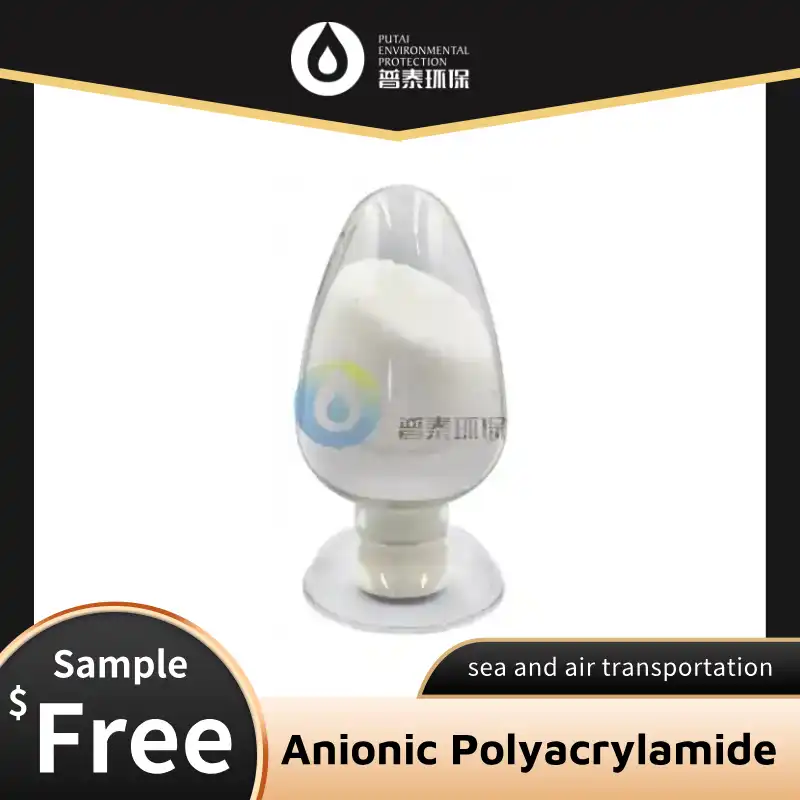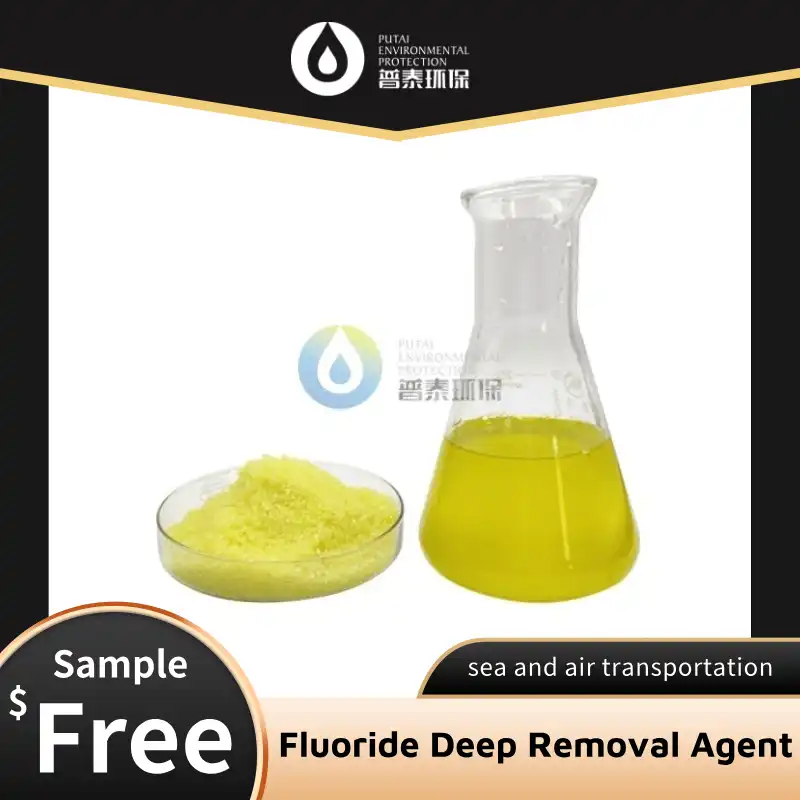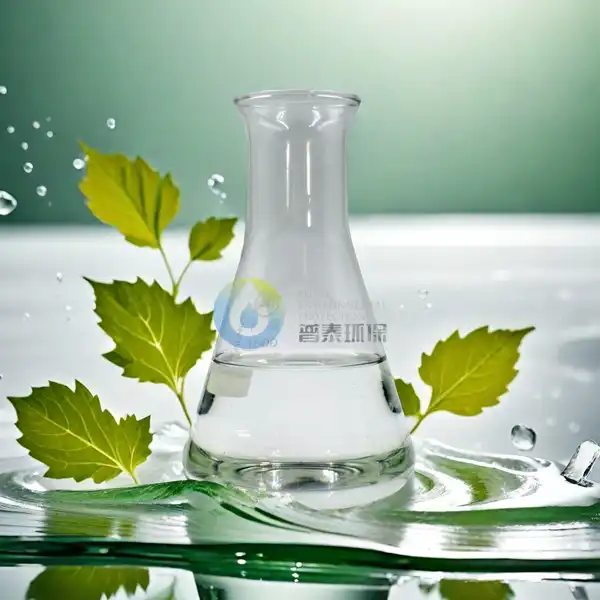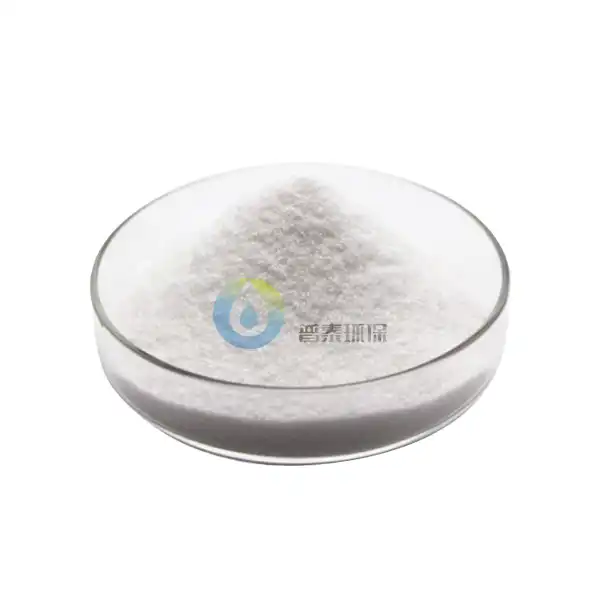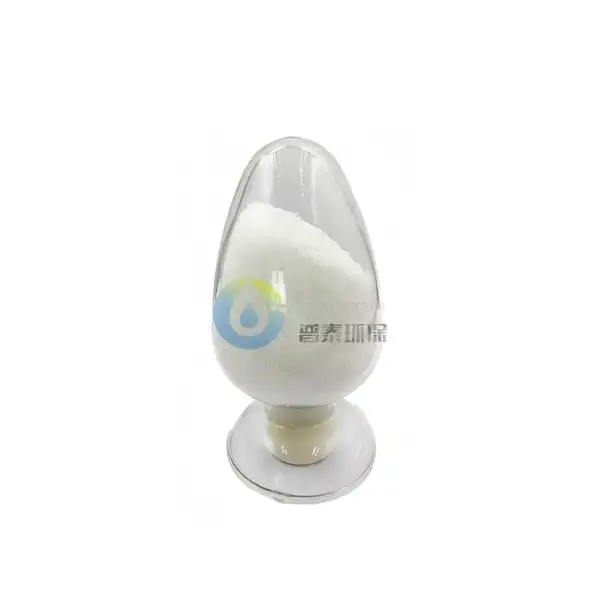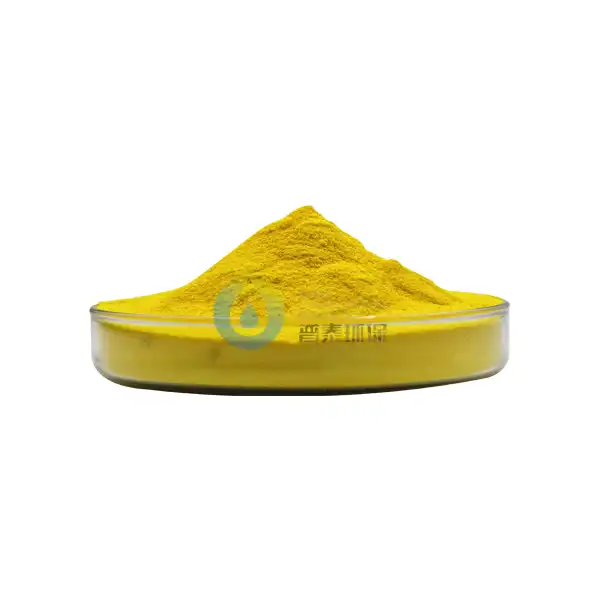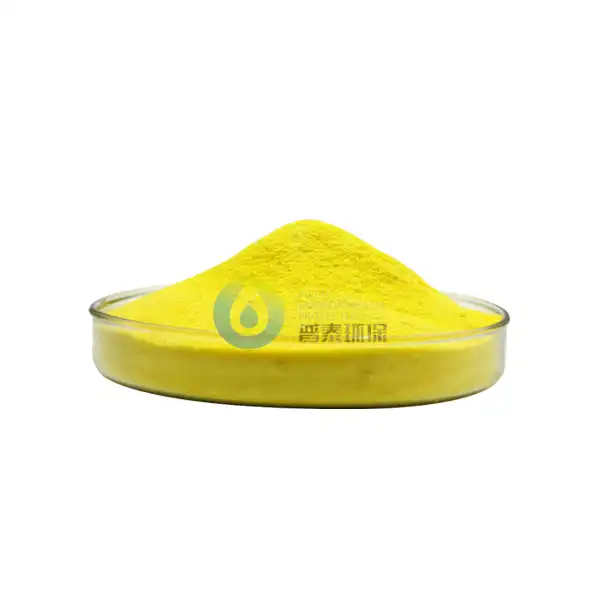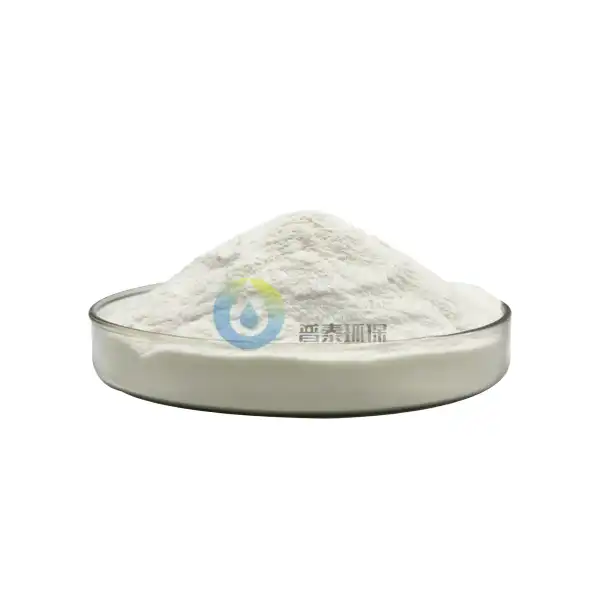Can Industrial Grade Citric Acid CAS 77-92-9 Be Used in the Manufacturing of Cosmetics Products?
Industrial Grade Citric Acid (CAS 77-92-9) is widely used across various industries, from food processing to pharmaceuticals. Many cosmetic formulators question whether industrial grade citric acid is suitable for cosmetic applications. This guide explores using Industrial Grade Citric Acid in cosmetic formulations, including safety, regulations, and applications.
Is Industrial Grade Citric Acid CAS 77-92-9 safe for cosmetic formulations?
Safety Profile and Toxicological Assessment of Industrial Grade Citric Acid
Industrial Grade Citric Acid has been extensively studied for safety in various applications. According to toxicological assessments, properly manufactured industrial grade citric acid typically has a favorable safety profile when used within recommended concentrations. The Cosmetic Ingredient Review Expert Panel considers citric acid safe for cosmetic formulations. However, Industrial Grade Citric Acid must meet specific purity requirements for cosmetic use. While "industrial grade" typically implies manufacturing processes rather than direct consumer applications, many industrial grade products meet standards suitable for cosmetics when verified. Safety considerations include potential irritation at higher concentrations, requiring proper formulation, especially for leave-on products or sensitive skin formulations. Manufacturers should review certificates of analysis to ensure the citric acid meets necessary purity criteria, including limits on heavy metals and contaminants.
Purity Standards and Specifications for Cosmetic-Grade Applications
For Industrial Grade Citric Acid CAS 77-92-9 to be suitable for cosmetics, it must meet specific standards outlined in pharmacopeias like the United States Pharmacopeia, European Pharmacopoeia, or Japanese Pharmacopoeia. Cosmetic-grade citric acid generally requires minimum 99.5% purity, with strict limits on impurities. While industrial grade may have different specifications than cosmetic grade, many suppliers produce citric acid meeting multiple standards. Manufacturers should verify appropriate documentation, including certificates of analysis detailing purity levels and impurities. Responsible suppliers provide information about manufacturing processes, including whether the acid is produced through fermentation or chemical synthesis, which affects the impurity profile. Some cosmetic manufacturers perform additional testing on industrial grade materials to confirm suitability.
Regulatory Compliance and Documentation Requirements
When using Industrial Grade Citric Acid in cosmetics, regulatory compliance is paramount. In the US, the FDA regulates cosmetic ingredients under the Federal Food, Drug, and Cosmetic Act, while Europe follows the European Commission's Cosmetic Regulation (EC) No 1223/2009. Citric acid is generally recognized as safe by the FDA and included in the EU's Inventory of Cosmetic Ingredients. Using Industrial Grade Citric Acid requires proper documentation demonstrating compliance, including certificates of analysis, batch records, traceability documentation, and potentially additional testing. Cosmetic manufacturers must ensure suppliers can confirm the citric acid is free from prohibited substances and meets purity criteria. Companies should verify suppliers follow Good Manufacturing Practices to ensure consistent quality. For certain markets or certifications, documentation regarding sourcing and manufacturing processes may be required.
What are the benefits of using Industrial Grade Citric Acid CAS 77-92-9 in cosmetic products?
pH Adjustment and Formulation Stability Benefits
Industrial Grade Citric Acid CAS 77-92-9 serves as an excellent pH adjuster in cosmetics, offering precise control over product acidity. This function is critical because most cosmetic products require specific pH ranges for stability, effectiveness, and safety. Citric acid enhances product shelf life by inhibiting microbial growth and preventing oxidation. Additionally, it functions as a buffering agent, helping formulations resist pH changes when exposed to external factors. This stability is important for products containing pH-dependent active ingredients. Citric acid also contributes to emulsion stability in lotions and creams by maintaining the proper ionic environment. Its water-soluble nature makes it versatile across various cosmetic formats.
Exfoliation and Skin Brightening Properties
One valuable benefit of Industrial Grade Citric Acid in cosmetics is its function as a gentle chemical exfoliant. As an alpha hydroxy acid, citric acid helps break down bonds between dead skin cells, promoting cell turnover and revealing fresher skin. When formulated at appropriate concentrations (typically 0.5-8%), it effectively addresses uneven skin tone, minimizes fine lines, and improves skin texture. Citric acid offers skin brightening properties by inhibiting excess melanin production and helping fade hyperpigmentation. This makes it valuable for products targeting dull complexion or post-inflammatory hyperpigmentation. It provides these benefits without the harshness of some other exfoliants, making it suitable for a wider range of skin types. The exfoliating action can enhance the penetration of other active ingredients by removing dead skin cells.
Chelating and Preservative-Enhancing Capabilities
Industrial Grade Citric Acid serves as an excellent chelating agent in cosmetics, binding to metal ions that could catalyze oxidation reactions degrading fragrance components, active ingredients, or natural oils. This chelating action is particularly valuable in products containing antioxidants or sensitive botanical extracts. Furthermore, citric acid enhances preservative effectiveness. Many preservatives function optimally in specific pH ranges, and by adjusting to the ideal pH, citric acid helps maximize preservative efficacy while potentially allowing lower preservative concentrations. Additionally, its metal-binding properties complement preservative action since metal ions can provide nutrients for microbial growth. In water-based formulations, citric acid helps mitigate challenges posed by hard water, affecting product clarity and stability. For natural formulations with limited preservative options, the preservative-boosting effect becomes even more valuable.
How does Industrial Grade Citric Acid CAS 77-92-9 compare to cosmetic-grade alternatives?
Purity Comparisons and Manufacturing Process Differences
While industrial and cosmetic grades share the same chemical identity, there are differences in purity specifications and manufacturing processes. Cosmetic-grade citric acid typically requires higher purity (≥99.5%) with stricter impurity limits. Industrial Grade Citric Acid CAS 77-92-9 may have slightly lower purity specifications, though many manufacturers produce industrial grade material meeting multiple standards. Citric acid is generally produced via fermentation using Aspergillus niger or chemical synthesis. Cosmetic-grade undergoes additional purification to remove fermentation byproducts and contaminants. However, many reputable suppliers utilize processes yielding high-purity industrial grade suitable for cosmetics when verified.
Cost Considerations and Supply Chain Factors
Cost considerations often drive manufacturers to explore Industrial Grade Citric Acid for cosmetics, as it can offer economic advantages without compromising quality. Industrial grade is typically 15-30% cheaper than specialized cosmetic grades, representing substantial savings for large-scale production. This price difference stems from less stringent documentation requirements, larger production volumes, and potentially fewer specialized purification steps. Industrial Grade is produced in larger volumes worldwide, potentially offering better availability and more diverse sourcing options during supply chain disruptions. However, not all industrial suppliers maintain consistent quality suitable for cosmetics, making supplier qualification essential.
Quality Control and Testing Recommendations
When using Industrial Grade Citric Acid in cosmetics, robust quality control becomes essential. Manufacturers should establish comprehensive testing protocols beyond supplier certificates. Recommended testing includes purity verification, heavy metal analysis, microbial testing, and residual solvent analysis for each new lot. Clear specification limits aligned with cosmetic regulations are crucial, along with procedures for handling non-conforming materials. Manufacturers should evaluate how the citric acid performs in specific formulations, including stability testing. Many companies implement supplier qualification programs including periodic audits regarding manufacturing processes and quality systems. For companies lacking in-house testing capabilities, third-party laboratories offer analytical services for cosmetic ingredients.
Conclusion
Industrial Grade Citric Acid CAS 77-92-9 can be suitable for cosmetic applications when properly sourced, tested, and utilized. While distinctions exist between industrial and cosmetic grades, many industrial citric acid products meet necessary purity requirements for safe cosmetic use. Manufacturers should implement thorough supplier qualification and quality testing protocols to ensure consistency and regulatory compliance when incorporating this versatile ingredient into beauty products.
Xi'an Putai Environmental Protection Co., Ltd. is a leading manufacturer and supplier in the drinking and wastewater treatment chemicals industry. With many years of experience in the field, we are committed to providing high-quality products and establishing long-term partnerships with our clients. Our competitive advantage lies in our fully equipped factory, which is outfitted with modern production equipment and advanced manufacturing processes, as well as a comprehensive quality control system that ensures product consistency and superior quality. Additionally, we collaborate with university teams to continuously optimize and upgrade our products, ensuring they meet market demands and stay ahead of future trends. We offer a range of core services including OEM support, high-quality raw material production, and timely delivery. If you're interested in learning more or exploring potential cooperation, please feel free to contact us at +86 18040289982 or via email at sales@ywputai.com. We look forward to the opportunity to work with you.
References
1. Barel, A. O., Paye, M., & Maibach, H. I. (2022). Handbook of Cosmetic Science and Technology (5th ed.). CRC Press. Chapter on Exfoliating Agents and pH Adjusters in Cosmetic Formulations.
2. Lambers, H., Piessens, S., Bloem, A., Pronk, H., & Finkel, P. (2021). Natural skin surface pH is on average below 5, which is beneficial for its resident flora. International Journal of Cosmetic Science, 43(2), 155-170.
3. European Commission. (2023). Cosmetic Ingredient Database (CosIng) - Regulation (EC) No 1223/2009 on Cosmetic Products. Official Journal of the European Union, L342.
4. Draelos, Z. D. (2022). Skin care and cosmetic ingredients dictionary (5th ed.). Springer Nature. Section on Acidifying Agents and Chelators.
5. Food and Drug Administration. (2021). Guidance for Industry: Cosmetic Good Manufacturing Practices. U.S. Department of Health and Human Services, Center for Food Safety and Applied Nutrition.
6. Cosmetic Ingredient Review. (2023). Safety Assessment of Citric Acid, Inorganic Citrate Salts, and Alkyl Citrate Esters as Used in Cosmetics. International Journal of Toxicology, 42(1), 5S-36S.

